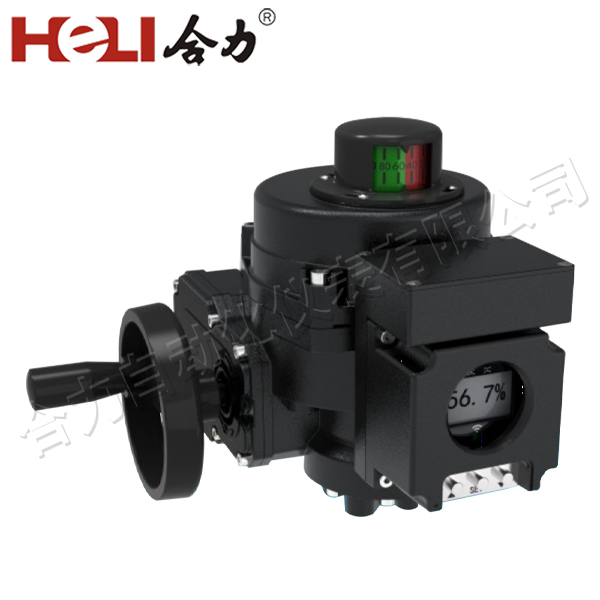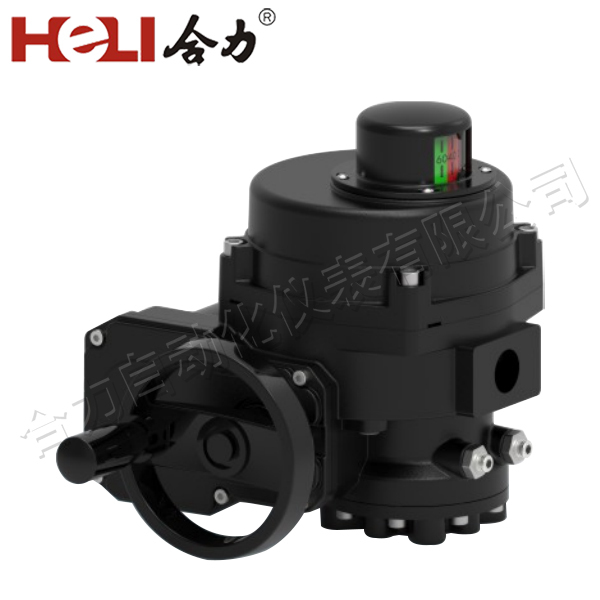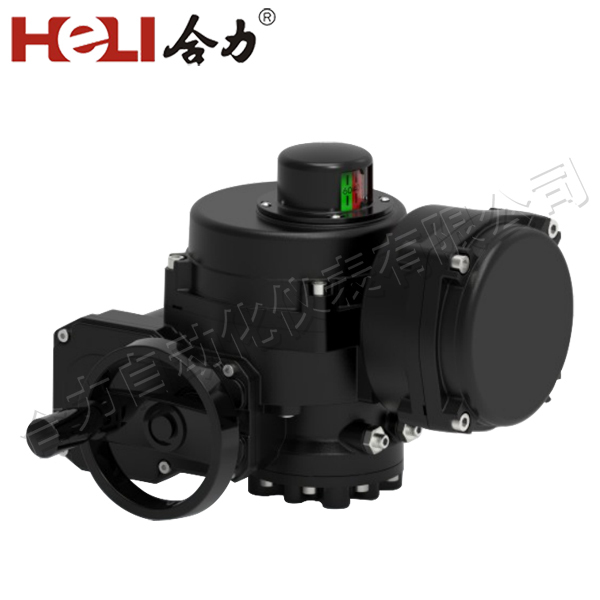Hydrogen energy, often hailed as the fuel of the future, is gaining traction as a clean, renewable alternative to fossil fuels. As countries strive to reduce carbon emissions and transition to greener energy sources, hydrogen stands out as a key player. Hydrogen energy electrical installation plays a crucial role in harnessing the potential of hydrogen as a clean energy source. This article explores the critical components, installation processes, and safety measures involved in the integration of hydrogen energy systems into the electrical infrastructure.

1. The Role of Hydrogen in Energy Production

Hydrogen energy can be produced through various methods, primarily focusing on water electrolysis and natural gas reforming. Water electrolysis uses electricity, preferably from renewable sources like wind or solar, to split water molecules into hydrogen and oxygen. This process is a cornerstone of green hydrogen production, as it allows the use of clean energy to generate hydrogen fuel. Once produced, hydrogen can be used in fuel cells or combustion engines to generate electricity, heat, and even transportation power. The use of hydrogen in electrical generation is particularly significant due to its high energy density and versatility. Fuel cells, which convert hydrogen into electricity through an electrochemical process, are central to hydrogen energy electrical installations. These cells can be used in a variety of applications, from stationary power plants to mobile applications such as electric vehicles.
